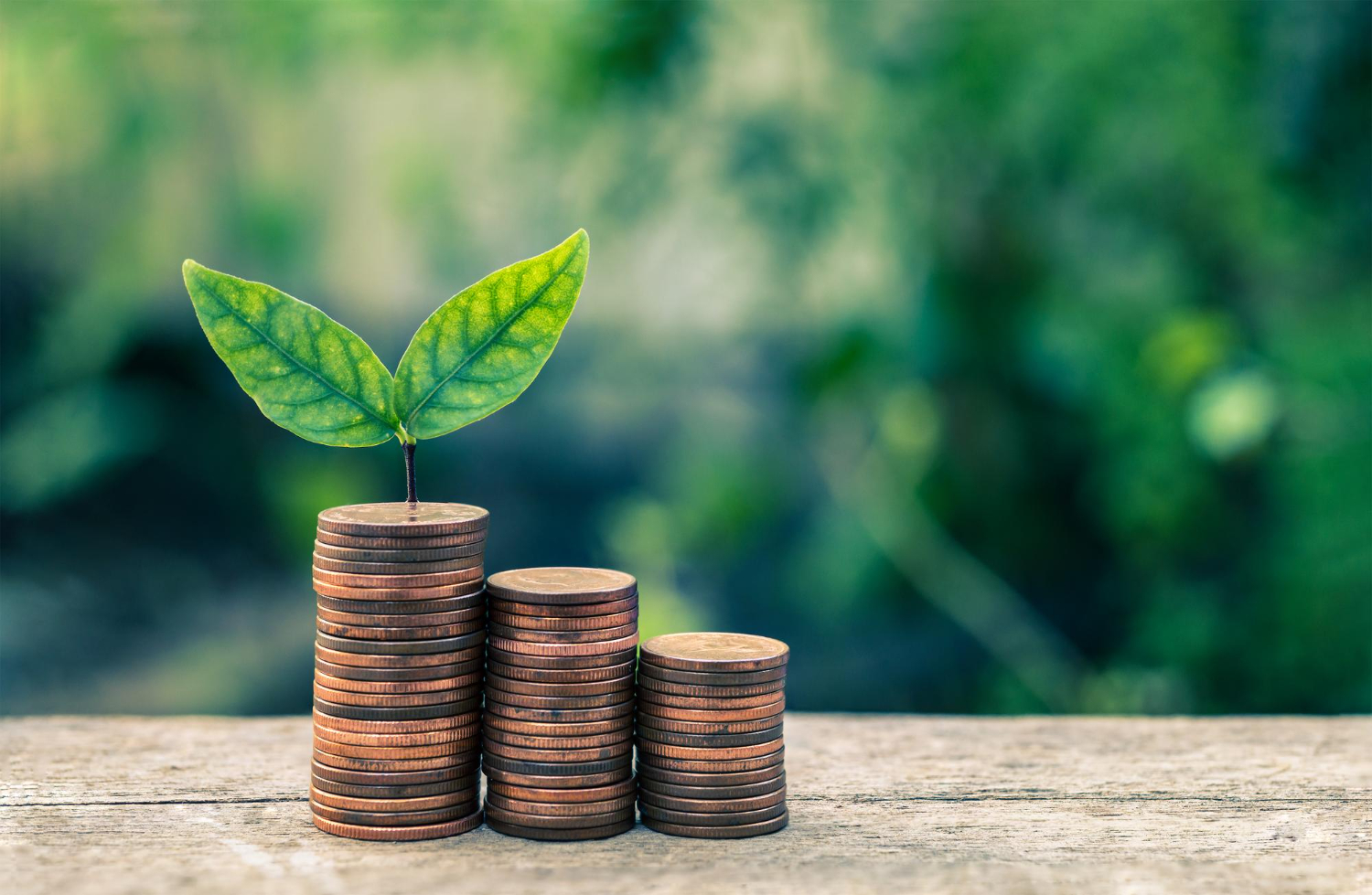
As our world stands on the precipice of environmental challenges, the finance sector emerges as a pivotal player in the quest for sustainability. This future is beyond mere profit and loss; it’s weaving the principles of environmental stewardship into the very fabric of financial decision-making. Keep reading to explore the innovative strategies and technologies propelling finance towards a greener horizon, demonstrating that the future of finance is not only about wealth but also about the health of our planet.
Table of Contents
The Green Investment Wave
The surge in green investments marks a significant shift in how investors align their portfolios with their values. This movement isn’t just about avoiding harm but actively contributing to environmental solutions. From renewable energy projects to sustainable agriculture, green investments channel capital towards endeavors that offer financial returns and positive environmental impact. This trend reflects a broader realization within the finance community: investments’ long-term health is intrinsically tied to the environment’s health. It’s a paradigm that challenges traditional investment strategies, pushing for a world where financial success and ecological sustainability are not mutually exclusive but are instead seen as complementary facets of a forward-thinking investment philosophy.
Bonds for a Better World
Amid the growing demand for sustainable investment options, green bonds have emerged as an incredible tool for funding environmentally friendly projects. These bonds enable corporations, governments, and financial institutions to raise capital for projects with positive environmental and climate benefits. The appeal of green bonds lies in their ability to provide investors with a tangible connection to their investments’ environmental impact. Individuals and institutions directly contribute to initiatives such as renewable energy installations, energy efficiency upgrades, and sustainable water management by investing in green bonds. This financial instrument demonstrates the viability of environmentally focused projects and underscores the role of innovative financial products in driving the global transition to sustainability. The concept of asset protection for business security finds new relevance in this context, underscoring the need to safeguard investments critical to our environmental future.
Harnessing Technology for Environmental Finance
The intersection of finance and technology holds untapped potential for accelerating the transition to a sustainable economy. Financial technology, or fintech, is at the forefront of this convergence, offering tools and platforms that enhance the accessibility, efficiency, and impact of green finance. Technology is redefining the landscape of environmental finance from blockchain-based systems that ensure transparency in green investments to platforms that facilitate the trading of carbon credits. These innovations make it easier for investors to engage with sustainable finance and enhance their investments’ accountability and impact. As we delve deeper into the role of technology in green finance, it becomes clear that the fusion of financial acumen and technological innovation is key to unlocking a sustainable future.
Leveraging FinTech for Sustainability
The digital age has been a catalyst for innovation across all sectors, including finance. Financial technology, or FinTech, is revolutionizing how we approach sustainable finance, making it more accessible, efficient, and transparent. Digital platforms enable individuals to invest in green projects globally with just a few clicks, democratizing access to sustainable investment opportunities. Moreover, advanced analytics and artificial intelligence are helping investors identify and evaluate the environmental impact of their portfolios, enhancing their ability to make informed decisions. This digital transformation is not just about making green finance more accessible; it’s about embedding sustainability into the DNA of financial services, ensuring that every transaction can contribute to a healthier planet.
Tools and platforms that facilitate the analysis, tracking, and reporting of sustainable investments are essential for both individual investors and institutions. One standout innovation in this space is Asset Map financial planning technology. This tool lets users clearly and intuitively visualize their investment portfolios, including the green and sustainable assets they hold. By providing a comprehensive overview of how investments align with environmental and sustainability goals, Asset Map financial planning technology empowers investors to make informed decisions that reflect their values and financial objectives. This technology is not just about managing wealth; it’s about aligning financial planning with the broader goals of environmental stewardship and sustainability, marking a massive step in the journey toward a green financial future.
The Role of Regulations in Shaping Green Finance
As the green finance movement gains momentum, regulatory frameworks are evolving to support this shift. Governments and international bodies are implementing policies and standards encouraging sustainable investment and ensuring transparency in how green projects are funded and executed. These regulations are crucial in building investor confidence, providing clear guidelines on what qualifies as a green investment and how its impact should be measured. By creating a supportive regulatory environment, policymakers can accelerate the flow of capital into sustainable projects, driving forward the global agenda for environmental stewardship and climate change mitigation.
Embracing the Power of Collective Action
One of the most powerful aspects of green finance lies in its potential to drive community development. Green finance is key in improving living conditions and creating economic opportunities in underserved communities by funding projects that provide renewable energy, clean water, and sustainable agriculture. This approach addresses environmental issues and promotes social equity, demonstrating the multifaceted value of sustainable finance. Through collective action, investors, governments, and communities can work together to harness the power of green finance, creating a ripple effect that extends far beyond individual projects to foster global sustainability and resilience.
The innovative strategies and technologies discussed here are not just trends; they are the building blocks of a financial system that values environmental sustainability as much as economic gain. This journey requires the collective effort of investors, businesses, policymakers, and communities, but the destination—a thriving, sustainable world—is undoubtedly worth the effort.



